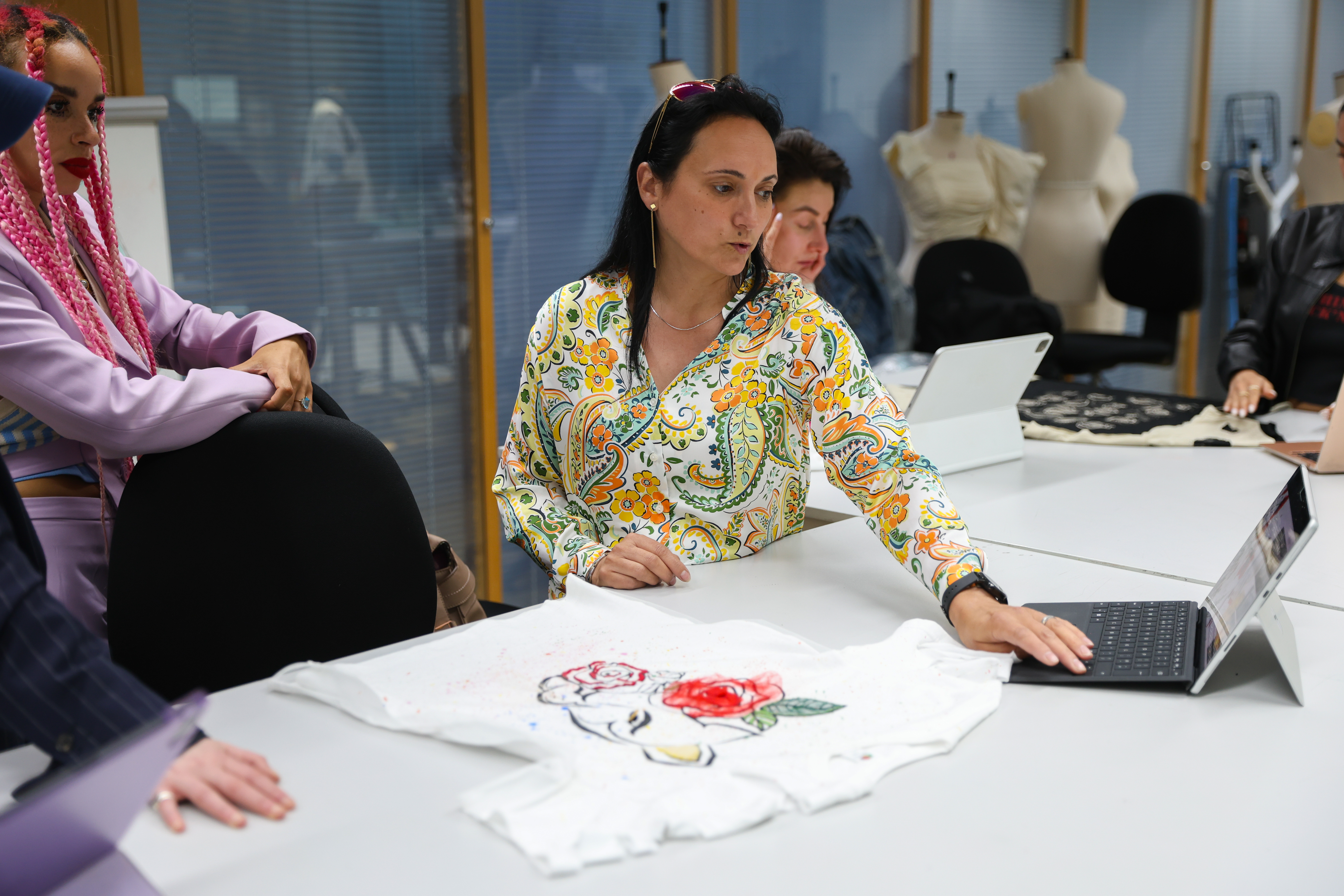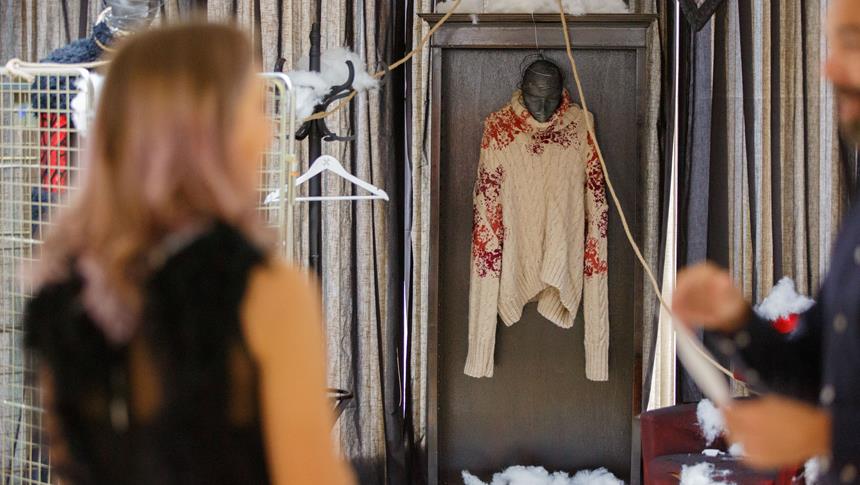In the dynamic world of fashion, the business and management aspects play a crucial role in the success of selling style. Fashion business and management encompass a range of activities, including product development, marketing, sales, and customer relations. To excel in this field, individuals must possess a combination of creativity, business acumen, and interpersonal skills.
Understanding fashion business and management
Fashion business involves the strategic planning and execution of activities related to the production and distribution of fashion products. It encompasses the entire supply chain, from sourcing materials to manufacturing, and ultimately delivering the final product to consumers.
This requires efficient management of resources, such as raw materials, production facilities, and logistics, to ensure prompt and cost-effective operations. Fashion professionals need to collaborate with various stakeholders, including designers, manufacturers, retailers, and marketers, to bring their vision to life.
On the other hand, fashion management focuses on the strategic aspects of running a fashion business. It involves making decisions related to brand positioning, market research, pricing, distribution channels, and retail management. Fashion managers develop marketing strategies, create brand awareness, and ensure the profitability and growth of the business.
By mastering the art of fashion business and management, individuals can navigate the competitive landscape and drive the success of their fashion enterprises.
A step-by-step guide to mastering the art of selling style
To excel in fashion business and management, individuals must stay updated with the latest fashion trends, consumer preferences, and market dynamics. They need to have a deep understanding of target markets and competitors, enabling them to find opportunities and develop effective strategies to gain a competitive edge.
Here is a step-by-step guide to mastering the art of selling style. By following these steps, you can master the art of selling style and build a successful clothing business.
Step 1: Understanding your target audience
To successfully sell style, you need to do comprehensive research about your target audience and understand them. Conduct thorough market research to identify their preferences, demographics, and purchasing behaviour.
By knowing your audience inside out, you can tailor your products, marketing messages, and overall strategy to resonate with their needs and desires.
Step 2: Develop your brand identity
Create a compelling and unique brand identity that sets you apart from the competition. Define your brand’s values, mission, and aesthetic. Your brand should reflect the style and aspirations of your target audience.
Craft a brand story that connects with your customers on an emotional level and communicates the essence of your brand.
Step 3: Curate a stellar product collection
Carefully curate a product collection that aligns with your brand identity and caters to the preferences of your target audience. Ensure that your products are of high quality, on-trend, and offer value to your customers.
Strive for a diverse range of products that cater to unique styles, occasions, and price points.

Step 4: Craft compelling product descriptions
When showcasing your products, go beyond basic descriptions. Craft compelling narratives around each item, highlighting their unique features, materials, and craftsmanship.
Paint a vivid picture of how these products can enhance the style and confidence of your customers. Use persuasive language to evoke desire and create an emotional connection.
Step 5: Invest in visual storytelling
In the world of style, visuals are paramount. Invest in high-quality product photography, styling, and visual content that captures the essence of your brand. Use professional models or influencers who align with your target audience to showcase your products in real-life scenarios.
Visuals should be aspirational, inspiring customers to envision themselves wearing your styles.

Step 6: Build an engaging online presence
In today’s digital age, a strong online presence is crucial. Create an engaging website that displays your brand, product collection, and brand story. Optimise your site for a seamless user experience, with easy navigation and intuitive design.
Leverage social media platforms to share captivating content, engage with your audience, and drive traffic to your website.
Step 7: Provide exceptional customer service
Customer service is a key differentiator in the fashion industry. Strive to provide exceptional service at every touchpoint. Respond promptly to customer inquiries and resolve any issues with professionalism and empathy.
Offer personalised recommendations and styling advice to enhance the shopping experience. Satisfied customers are more likely to become loyal advocates for your brand.
Step 8: Collaborate with influencers and industry partners
Harness the power of influencer marketing and strategic collaborations to expand your reach and credibility. Partner with influencers whose style aligns with your brand and target audience.
Collaborate with industry partners, such as stylists, fashion bloggers, or local boutiques, to cross-promote each other's offerings and tap into new customer bases.

Step 9: Use social selling
Utilise social media platforms as a means of direct selling. Implement features, such as shoppable posts, or integrate your online store directly into social media platforms. Engage with your audience by posting regularly, hosting contests or giveaways, and encouraging user-generated content.
Social selling can create a sense of exclusivity and urgency, driving conversions.
Step 10: Analyse and adapt
Continuously analyse the performance of your sales and marketing efforts. Track metrics such as conversion rates, customer feedback, and social media engagement. Use this data to gain insights into what works and what needs improvement.
Adapt your strategies accordingly, staying agile in response to changing market trends and customer preferences.
Mastering the art of selling style requires a combination of business acumen, creativity, and interpersonal skills. By understanding the intricacies of fashion business and management, honing essential skills, and implementing effective strategies, you can excel in this competitive industry.
If you are looking for the right institution to study this degree, take a look at the MA in Fashion Business and Management offered by the London College of Contemporary Arts (LCCA).
LCCA has designed this programme to help you learn the critical elements of the industry and develop the skills you need to become a successful professional. With determination and a strong educational background, you can shape your career as an industry leader in the exciting world of fashion.
So, embrace the ever-evolving world of fashion and let your passion and expertise shine through!
Click here to enrol in the MA in Fashion Business and Management programme offered by LCCA.
This article is written by Sushree Saloni Rath.
MA Fashion Business & Management Course in London, UK| LCCA
LCCA offers a MA Fashion Business and Management course available at our Central London campus, UK. This course is a full-time one-year MA fashion business and management postgraduate degree.


 How to Build a Successful Career in the Fashion Industry
How to Build a Successful Career in the Fashion Industry  5 High Paying Jobs You Can Get with A Fashion Management Degree
5 High Paying Jobs You Can Get with A Fashion Management Degree  How to Create an Amazing Computer Game Design Portfolio
How to Create an Amazing Computer Game Design Portfolio